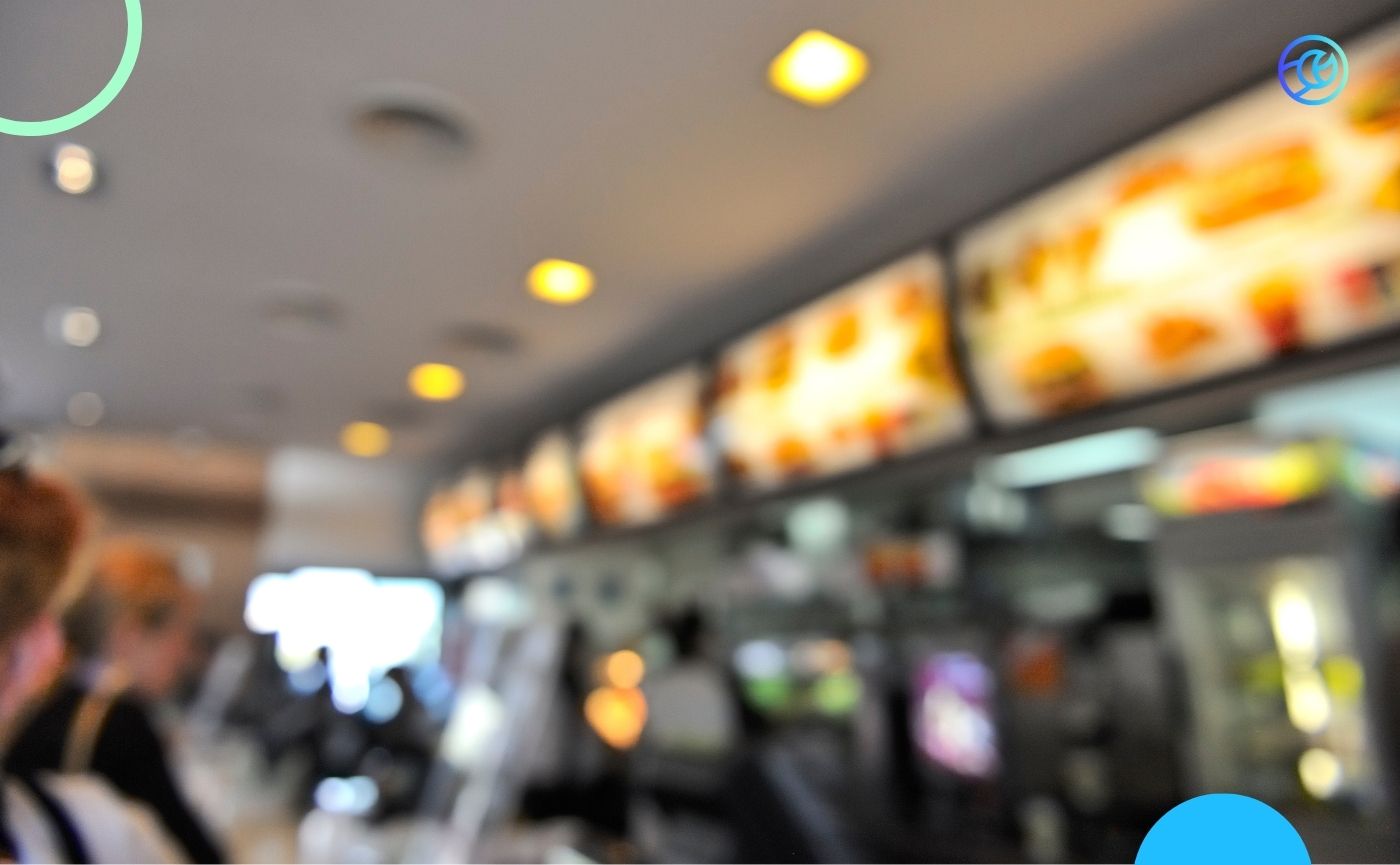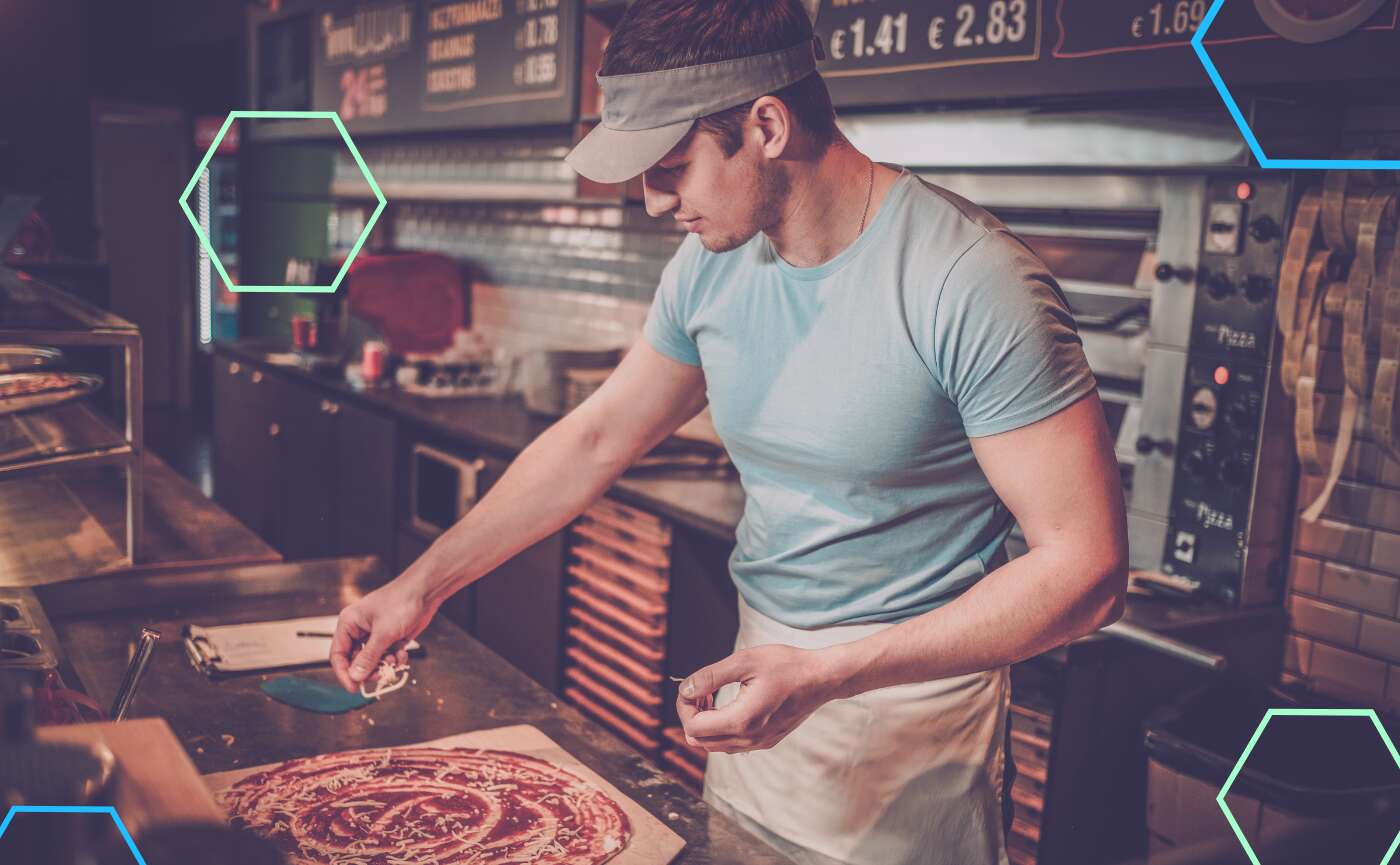Maximizing Restaurant Revenue: Local Advertising Strategies for a Digital-First Era
The restaurant industry has seen dramatic shifts in recent years, with technology and consumer preferences evolving rapidly. According to the 2024 State of Restaurants Report, takeout and delivery have surged, with 95% of operators now utilizing online ordering platforms – most relying on three different solutions to meet demand. A staggering 72% of operators have dedicated websites, with nearly all offering online menus. Direct online ordering has become a critical tool, with more than a third of restaurants integrating it into their operations.
At the same time, marketing and loyalty strategies are more vital than ever. Three in four multi-unit restaurants offer a loyalty program, catering to a growing appetite for digital engagement. Reservations remain a significant focus, with 62% of restaurants using online systems and another 31% planning to adopt these tools soon.
Empowering Restaurant Locations with Local Advertising Strategies
These trends highlight the importance of equipping restaurant locations and franchisees with local advertising strategies that capitalize on consumer behavior and technological advancements.
Restaurant marketers who equip their franchisees or locations with local advertising tools to capitalize on these trends will recognize increased revenue, build stronger partnerships, and outpace competitors. These tools streamline campaign execution, ensure brand compliance, and make local advertising program adoption easier. By automating complex tasks and providing actionable insights into campaign performance, these tools allow your locations or franchisees to focus on serving their customers.
Platform-Specific Strategies
Facebook’s massive audience spans a wide range of age groups, making it ideal for reaching every demographic. Its sophisticated targeting capabilities allow restaurateurs to connect with high-intent local audiences, driving on-premise traffic, reservations, loyalty program sign-ups, or to-go orders. Radius, zip code, and city targeting hone in on specific service areas, and minimum budgets of $1 a day make Facebook advertising attainable for most local businesses. Dayparting by location can increase performance and improve relevancy.
Instagram and TikTok
Vertical video content dominates on both Instagram and TikTok, and these platforms are ideal for promoting specials, new menu items, and amenities. Reels on Instagram and Facebook offer broad demographic reach with quick, impactful ads, though music usage is limited to original or licensed tracks. TikTok, appealing to a younger crowd, provides flexible video lengths for varied storytelling and boasts a vast music library. Both platforms offer valuable analytics, guiding franchisees to optimize their ad strategies. By empowering your franchisees or locations with local advertising technology, you help them overcome the challenges of creating short-form videos and enable them to take advantage of the power of vertical video advertising.
While Reels targeting parameters are the same as Facebook’s (see above), it should be noted that TikTok parameters differ in several meaningful ways. First, TikTok does not allow for radius targeting, but rather focuses a level up to zip code, DMA, or city. Second, TikTok’s minimum budget requirements are higher at $50 per day. These spending requirements are lower than in years past and will continue to decrease as more and more advertisers leverage the tool and publish ads.
Amazon Ads Sponsored Display
Amazon Sponsored Display is a powerful new tool for targeting diners based on purchase and viewing behaviors in the Amazon ecosystem. Tiger Pistol’s collaboration with Amazon Ads introduces Sponsored Display Ads to a broad range of businesses, including those not selling directly on Amazon, like restaurants. Amazon assembles high-intent audiences from its vast data, allowing restaurateurs to reach potential customers efficiently. Creative execution is a cinch, and Amazon Sponsored Display requires no minimum daily budget.
The Competitive Advantage of Local Advertising
As restaurants navigate these industry trends, the importance of effective local advertising cannot be overstated. Whether driving takeout and delivery orders, enhancing marketing and loyalty programs, or optimizing reservations, the right local advertising strategies empower restaurants to meet customer expectations and boost revenue. By adopting platform-specific tactics and leveraging powerful tools like Facebook, Instagram, TikTok, and Amazon Sponsored Display, restaurant brands can equip their locations to thrive in a competitive market. Those who invest in these technologies will improve their operational efficiency and forge stronger connections with their customers, ensuring long-term success.
Ready to see how Tiger Pistol can supercharge your restaurant's local advertising strategy?
Related Posts
Supercharging Your Local Partners: Social Advertising Strategies for Targeted Market Growth
Local partners, such as trade partners, agents, franchisees, dealers, or distributors, can serve as valuable conduits to link shoppers from national and regional brand awareness to specific points of purchase. In highly competitive markets, leveraging localized Facebook and Instagram advertising through local partners can be a highly effective strategy for bran
Tiger Pistol’s New Playbook Unlocks the Power of Vertical Video Advertising
Empowering Marketers with Strategies for Impactful Engagement, “The Ultimate Guide to Vertical Video Advertising” is a Comprehensive Guide to Building Best-Practice Creative, Choosing the Right Social Platforms, and Developing a Winning Social Advertising Strategy. Tiger Pistol, the leading local social media advertising platform, recently announced
Structured Choice: The QSR Franchise Marketing Strategy That Builds Trust and Protects the Brand
QSR franchise marketers walk a fine line: protect the brand, but empower the franchisee. Too much control, and operators disengage. Too little, and the brand loses consistency. The solution isn’t full freedom or rigid governance. It’s structured choice. Why Structured Choice Wins QSR franchisees don’t want to write campaigns from scratch. They want to sel
Driving Consistent Value: Success Stories from Franchise Marketers
Franchises across industries are facing unprecedented challenges as inflation continues to drive up operational costs. According to the 2024 IFA Annual Franchise Report, nearly nine in ten franchisees are feeling the pressure from rising expenses, with four in five reporting a decline in business earnings. As labor, inventory, and marketing costs soar, franchis





